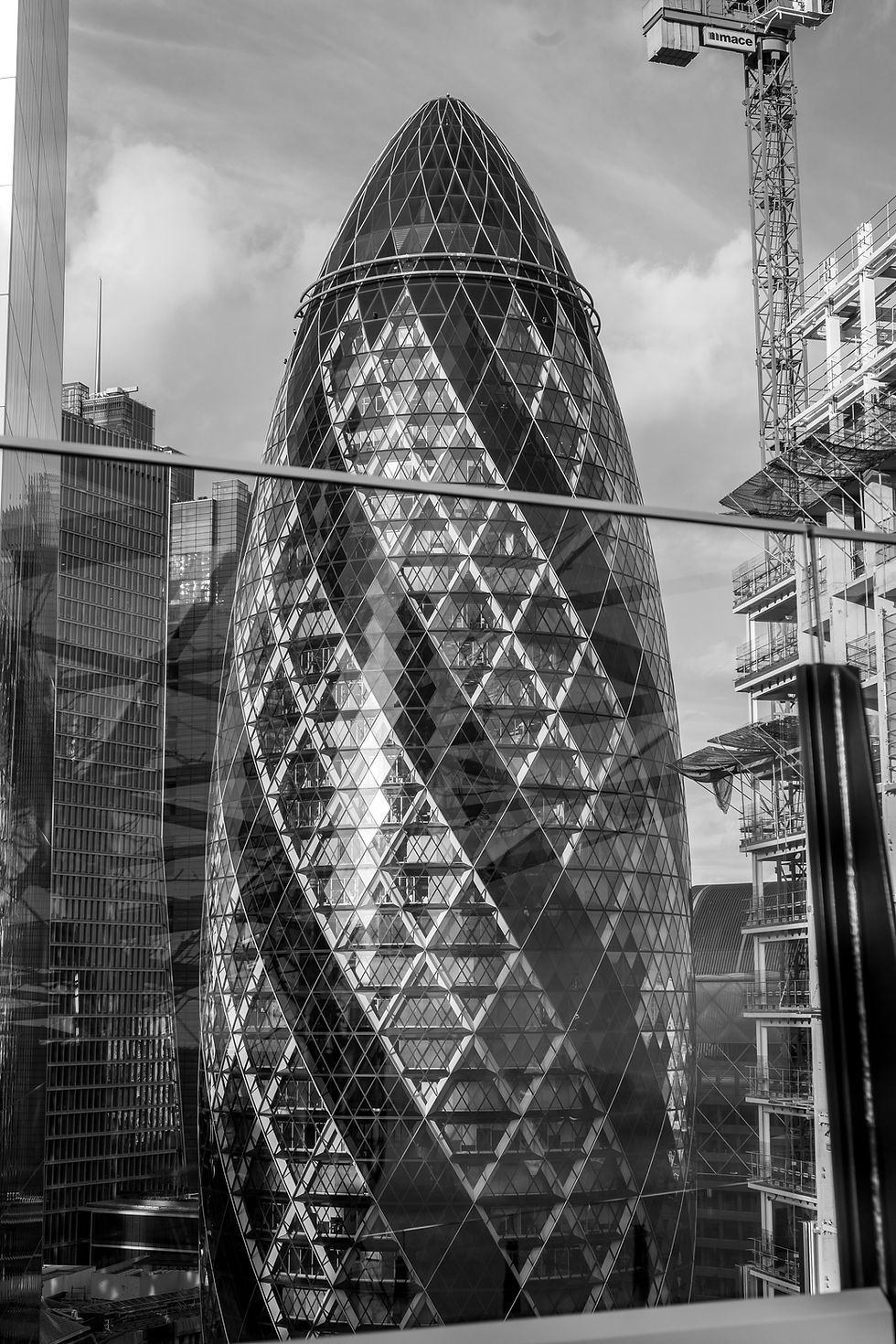Modern Rear Additions: Why We Use Steel and Glass
- Alex Axelrod
- Sep 7
- 2 min read
Updated: Sep 15
Why Steel and Glass? Embracing Modernity and Light in Rear Addition
When updating homes—especially in a refined Toronto neighbourhood like Forest Hill—architects often lean into the elegance and functionality of steel and glass. These materials aren't just stylistic choices; they're pragmatic solutions grounded in aesthetic, structural, and environmental considerations.
Light, Transparent, and Inviting Spaces
Glass transforms space. It floods interiors with natural light, erasing barriers between indoors and out while maintaining warmth and shelter. Compared to old-school, cold, and drafty conservatories, contemporary glass extensions offer thermal comfort year-round, thanks to advanced glazing options like triple- or tetra-glazed units that offer superior insulation
Beyond practicality, glass also serves as a powerful aesthetic symbol of transparency and openness, fostering visual connection with the outdoors. Architects such as Mies van der Rohe and Philip Johnson famously showcased this through steel-and-glass icons like the Farnsworth House and The Glass House—masterclasses in fusing structure and nature

Strength in Slim Packaging: Structural Steel
Steel delivers brawny support in a sleek package. Its high strength-to-weight ratio makes it ideal for creating large, open spaces with minimal visual obstruction—like those expansive windows and frameless glass bays in these additions bmsteelfab.com, buildingenclosureonline.com.
Innovative systems such as curtain walls capitalize on this strength. These non-load-bearing glass façades attach to steel frames, allowing walls to be lightweight yet sturdy—and maximizing daylight deep into the home Wikipedia.
Aesthetic Harmony: The Contrast that Works
Juxtaposing polished steel and transparent glass against traditional brick or stone creates a compelling visual dialogue. The contrast highlights both the solidity of the original structure and the refined lightness of the new addition. This approach conveys a respect for past architecture while signaling evolution and openness
Sustainable and Durable Living
Both materials boast impressive eco credentials. Steel is durable, recyclable, and often sourced from high-recycled-content suppliers. Glass, too, is recyclable and—in its modern insulated forms—supports energy efficiency. Together, they contribute to eco-conscious building approaches that align with today’s sustainability priorities bmsteelfab.com.
Additionally, glass aids in passive environmental control—letting in sunlight to gently warm spaces and reducing reliance on artificial lighting and heating during cooler months GlasSpace.
Design Flexibility and Custom Expression
Steel and glass are exceptionally adaptable. Steel can be shaped into slender columns, cantilevers, or sweeping curves, while glass can be tinted, laminated, or shaped to specific design needs. Whether you're envisioning a frameless box extension or a dramatic glass bay supported by steel, the possibilities feel limitless

In Summary
Steel and glass bring together the best of form and function:
Light-filled spaces that connect you with nature.
Structural efficiency that lets you open walls and expand sightlines.
Visual contrast that modernizes without erasing the past.
Sustainability and performance that align with environmental goals.
Design flexibility that empowers architects and homeowners to realize bold visions.
When you integrate a rear-addition into a character-rich home—like those in Forest Hill—choosing steel and glass can create a seamless, elegant bridge between tradition and innovation. If you'd like, I can help brainstorm specific design ideas or explore local Toronto examples further!









Comments